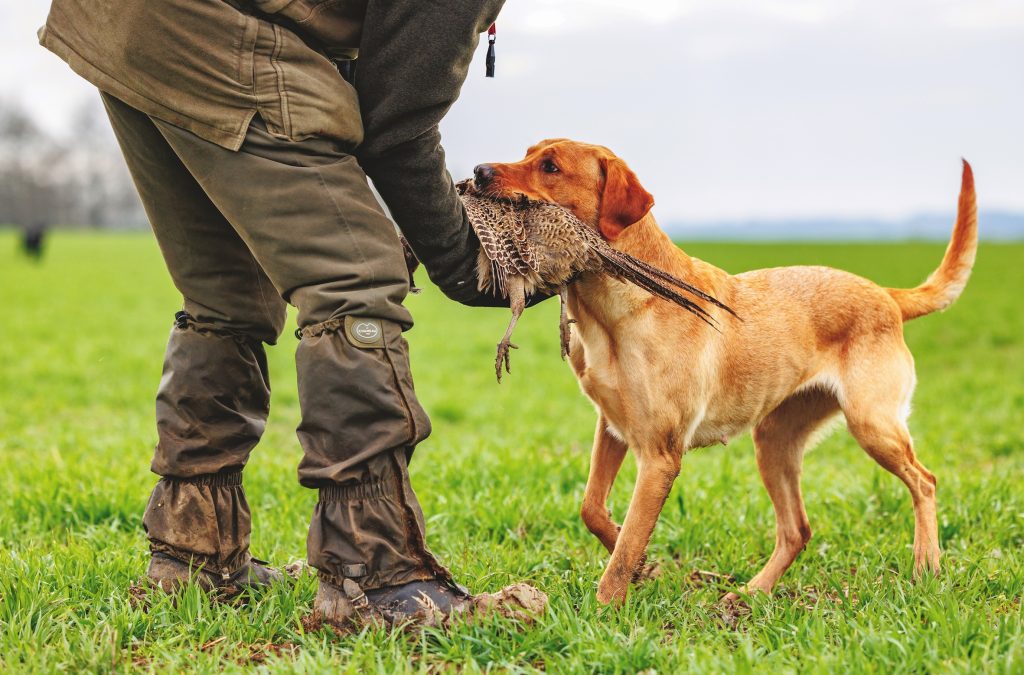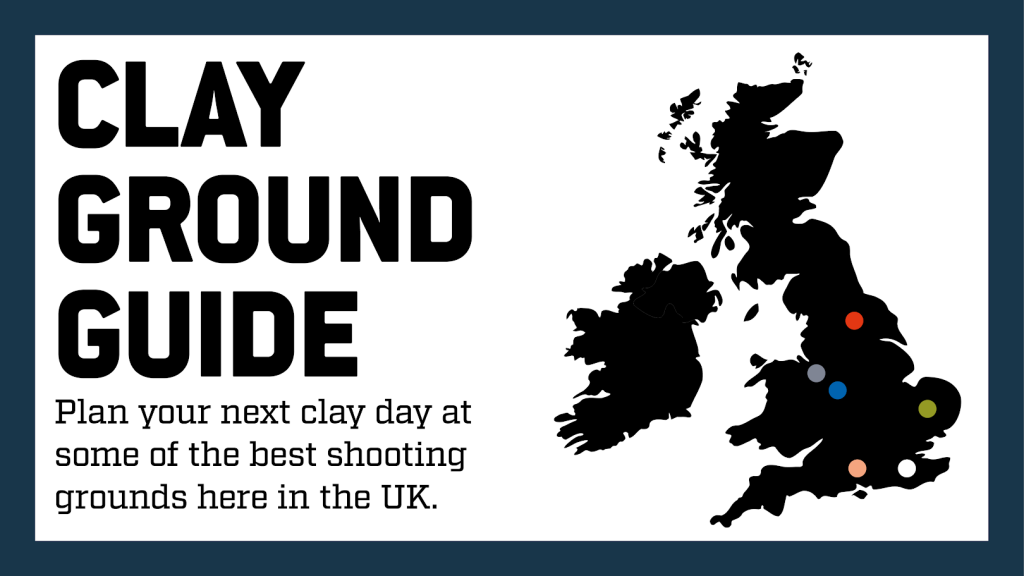Common dog-handling mistakes on the beating line
Ryan Kay thinks small syndicate shoots are the ideal place to work your gundog, and looks at some of the most common mistakes handlers make on the beating line.
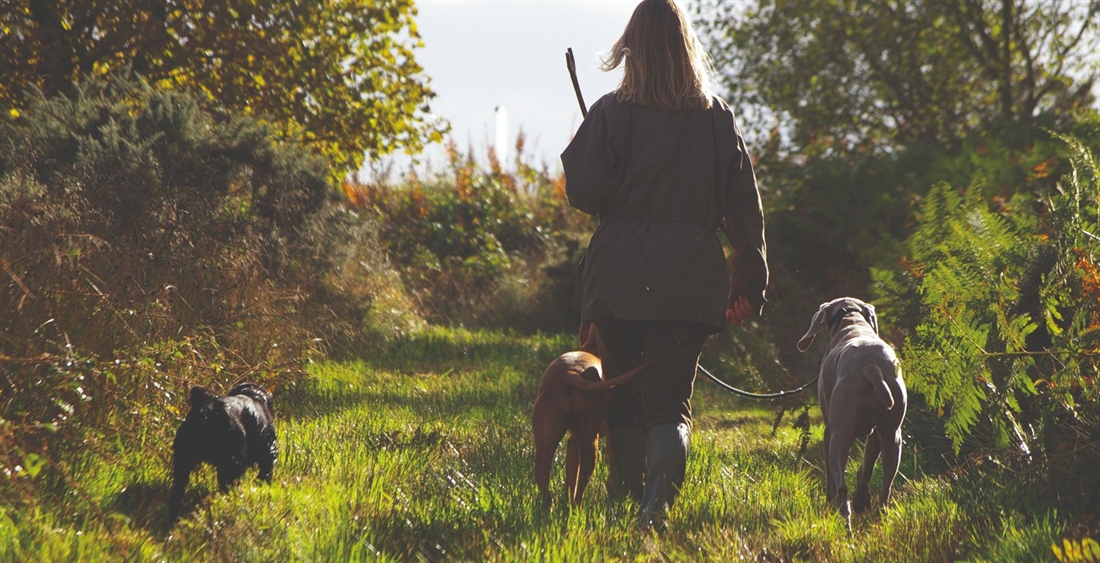
The pheasant season is well underway and if your local syndicate shoot has been fortunate enough to obtain birds this year despite the overwhelming troubles and knock-on effects that bird flu brought to the proceedings, then you should count yourself lucky. It’s been a struggle for many shoots and for some it has indeed been an expensive affair to get birds on the ground again. With many small shoots usually looking to hold their first day toward the end of October there’ll no doubt be a sigh of relief at finally being out and about and enjoying the occasion, having endured the uncertainty of the rearing season.
For me, a syndicate shoot means the chance to work and enjoy my dogs. It is, in fact, the environment I appreciate working my dogs in above any other; over Field Trials, over gundog demonstrations, over pigeon shooting, over duck flighting and even over rough shooting.
I’m specifically talking about ‘small’ syndicate shoots here, rather than a commercial shoot, because although there can be some enjoyable dog work to be had from a smaller commercial shoot, generally speaking the lesser bag days of a modest syndicate shoot enable a spaniel and, in some areas, an HPR to really earn their keep. And as for the retrievers, small shoots can represent a less overwhelming environment to engage in picking-up and peg duties.
The syndicate shoots that my family and I are a part of are incredibly important to us all and aside all the other enjoyable aspects that come along with a shoot day – like the camaraderie, the topography, the fresh air, the food and drink and the actual shooting – it’s the hunting of our dogs that really ticks the box. Having first experienced beating with a dog over 40 years ago, I’m going to share a little food for thought on being a gundog owner and being part of a syndicate shoot. These are simply my ramblings and opinions based on my own experiences from over the years.
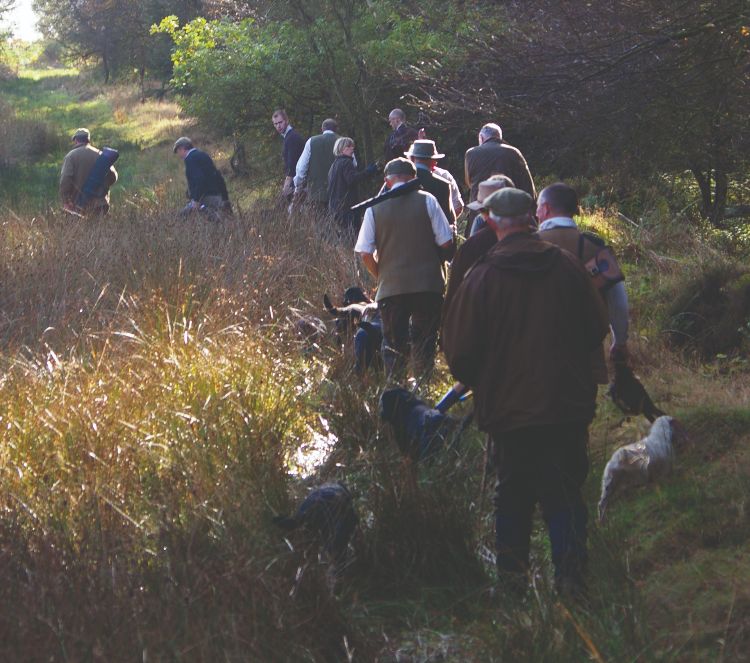
From a dog training point of view, the start of the season is a baptism of fire. In an ideal world, we could do with a complete switch around and instead of having larger numbers of docile pheasants wandering around at the start of the season and fewer more jumpy birds at the end of the season, have a few birds at the start and an increase in numbers as the season goes on. The reality, though, at many shoots on the first couple of days can be somewhat wild dogs, often a little unfit, itching to get going amongst a sea of scent and slightly domesticated young adult birds. A basic recipe for a stressful situation!
It’s one of the reasons why here at Farlavale, during October, we offer training mornings to small groups of likeminded spaniel owners who want to prepare their dog and brush up on their handling skills ready for the season. Here we can offer hunting and flushing on rabbits and quail in a more controlled situation. We’re wanting to instil a behaviour that will become engrained with a systematic sequence of Hunt – Flush – Sit, a sequence that becomes second nature and runs like clockwork. I’ve stated before that the hunting of a spaniel should be a relaxed and enjoyable affair where the handler feels in control and connected to their dog at all times; in short, an in-tune game-finding partnership!
 Young dog’s introduction to a shoot day
Young dog’s introduction to a shoot day
A question I frequently get asked with regards to first experiences for a young dog is: ‘Should I just take him on a couple of drives on the lead to start with’? The simple answer is NO! Think about the lesson you’re wanting to teach here. Yes, he’ll get exposure, but he’ll also just get more and more wound up.
A dog’s favourite thing is running. You’re then restricting it from doing its favourite thing, yet showing it temptation. In other words, it’s like saying to a toddler, ‘let’s have a look round this sweetshop but we’re not buying any’. Initial exposure, I’ve always stated, should be at drinks time when everyone (including other dogs) is more relaxed. Here a young dog either on the lead or milling around, will get used to the smells of a day (warm game, blood, spent cartridge, pork pie etc), plus if he’s given a little pie, then he’ll love the situation all the more.
After that, selective hunting can be done on quiet drives where game is scarcer and there’s less chance of transgression. Or perhaps a little hunt after a drive, back on ground that’s just been covered, which again allows for the chance to ask for control on scenty ground without there being too much of a big deal if your dog was to lose the plot.
Another important thing to bear in mind is the cover you’re faced with hunting. A sure-fire way to ruin a young, eager dog is to hunt your dog in maize, or indeed anywhere where you can’t see it for long periods and subsequently try to stay connected to it. There’s little to no point in hunting through crops such as maize as your dog can see everything running along in front, yet you can’t see your dog and what he’s getting up to. Maize-like crops are also the only place I would heel a dog through a drive and use a flag or stick instead; I’ll explain below.
 Concentrate on the dog
Concentrate on the dog
Over the years I’ve come to understand that my version of beating is perhaps a little different to the norm and this is only confirmed to me by my customers who tell me theirs. Perhaps my version and belief used to be the same as everyone else’s until I really understood how little many of us actually concentrate on or interact (correctly) with our dogs in the beating line. This next bit of advice I’m going to lay out is really what I’m getting at, but I realise it may not be an option for many of you…
If you have a dog and you’re willing to train it and hunt it properly, then put down the flag or stick and stop shouting! I find it bizarre, I always have; the person who first decided that a flag or a stick would be a good way to find and produce game obviously didn’t have a dog, so they made up for it using a stick or a flag. The people with spaniels perhaps then decided that they should have a flag and a stick also. Then, let’s all shout!
In my mind, in an ideal world, and providing that the drive has no requisite flushing point that we’re all trying to steer the birds to, everyone beating would have a trained dog of sorts, and no one would have a flag/stick, nor would they shout. Surely a dog can find and produce game better than anything else, and if we handled a dog quietly, aiding it with a whistle and body language, then not only would that be more conducive to finding game, but would it also not be more befitting of
the countryside?!
Take this as an example of why we should question the use of noise and flags, even though we’ve come to accept it as the norm. If you were rough shooting down a hedgerow with a friend, one of you on either side, and one or both of you with a dog, you’d be concentrating on your dog and I dare say you’d be fairly quiet. Take the same hedgerow on a shoot day, with guns swapped out for flag or stick, and you’d be bashing away and shouting out, and concentrating less on the dog. Yet the end result that is desired in both scenarios is the same: you want to flush a bird from where it sits, rather than to get it to walk on to a flushing point. Some will say, well why not just make noise and bash away anyway, it doesn’t really matter. True, and I guess if you’re a little light on able bodies for the day, then having more of a commotion provided by those that are there will undoubtedly lift more game, but what I want to do is hunt my gundog well, so we can be a prolific game-finding duo. And that only happens if my attention is on my dog.
Granted, the shoot and the drives do have to lend themselves to this quieter approach with enough beaters overall, enough beaters with dogs, the right landscape and cover, all factoring in the equation. But I can tell you that this quieter scenario does actually happen on several drives on one of the small shoots we attend, and it’s brilliant – the drives work better, and there are no panic-stricken shouts of ’Fenton’ anywhere!
Ryan’s top tip!
Be careful what you reveal to a young dog and be mindful of what lesson you are trying to teach.
Get to know your shoot and the drives well. Then picture hunting your dog in certain places that will best allow him to gain experience gently in a more measured way.

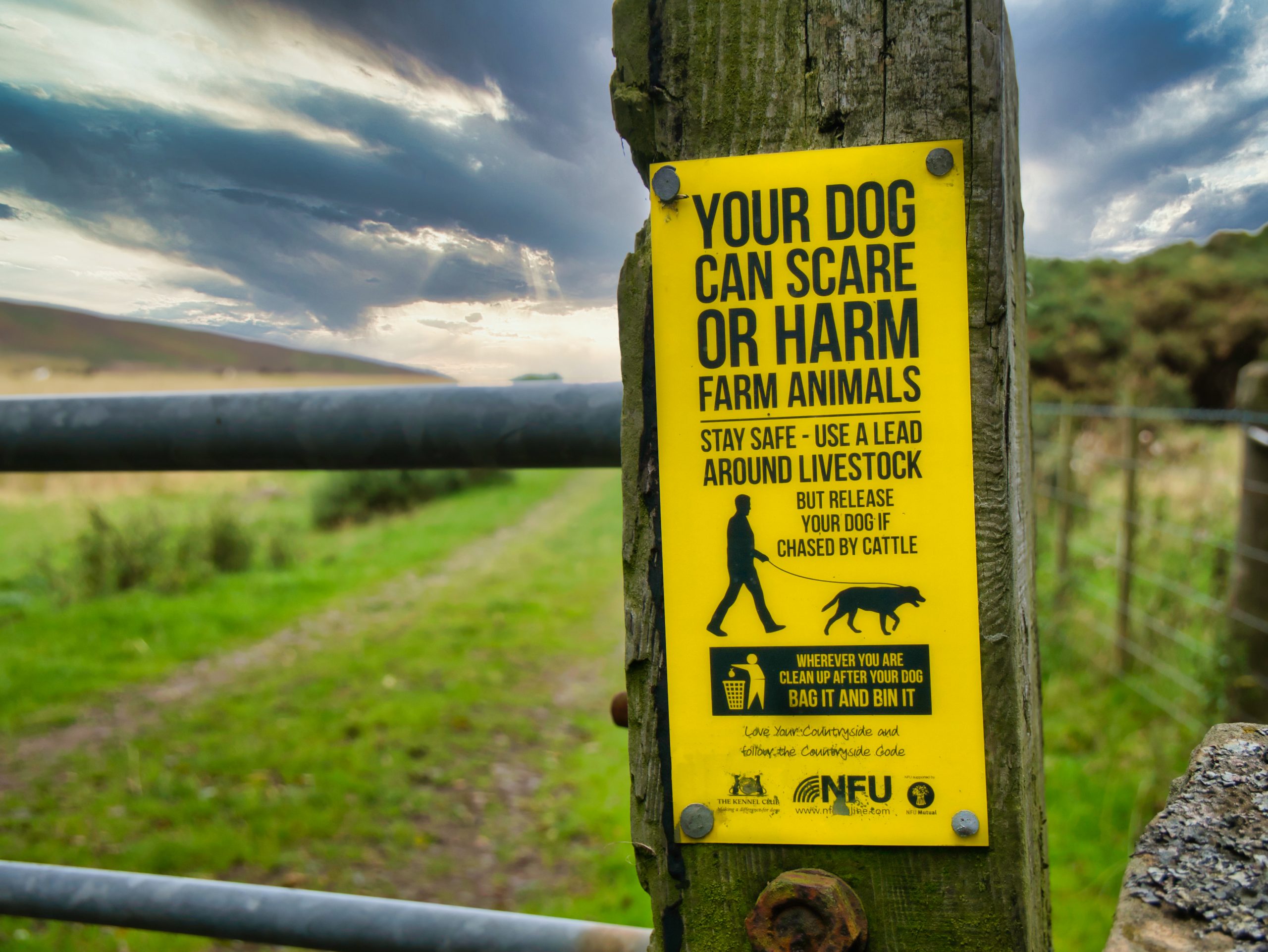
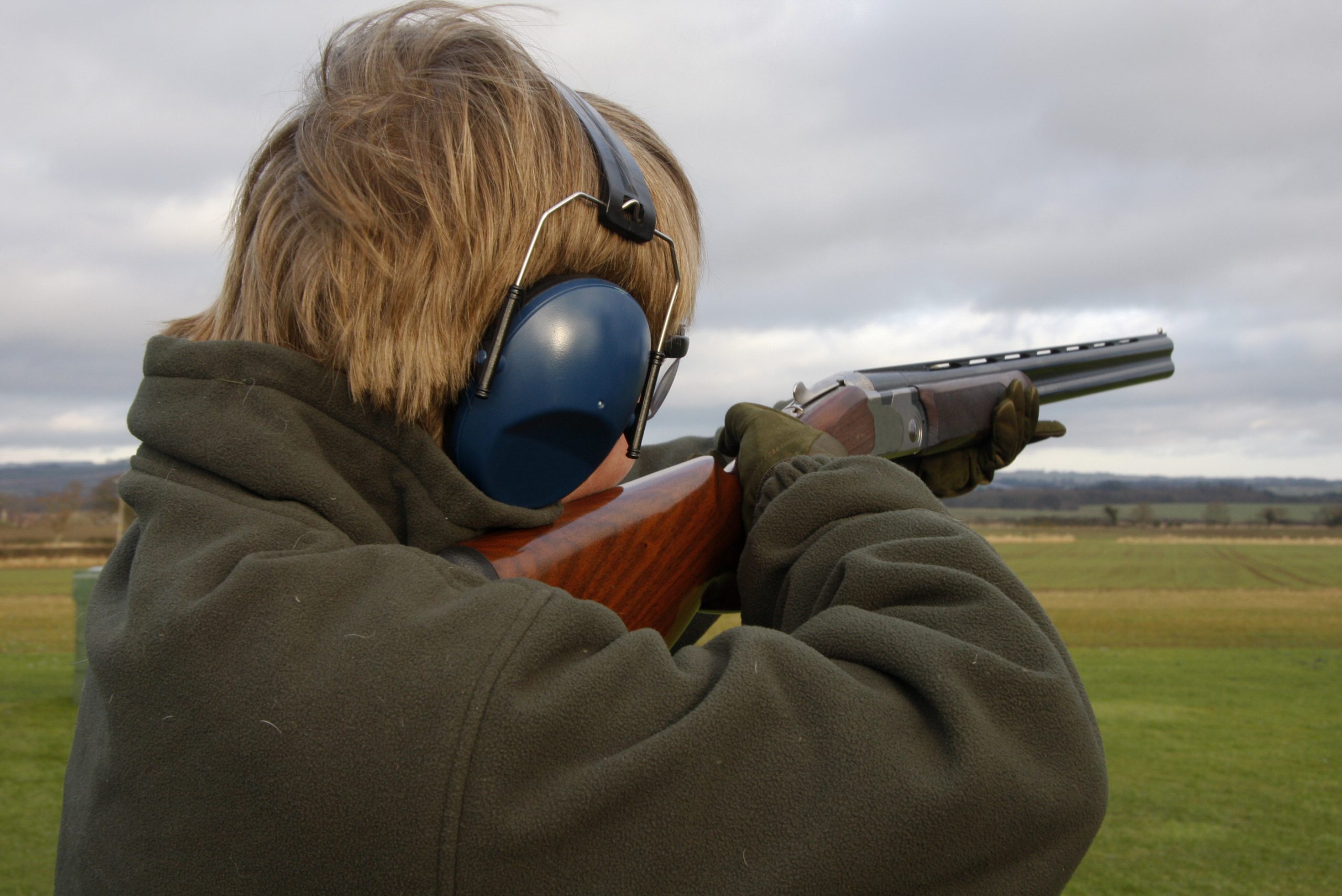
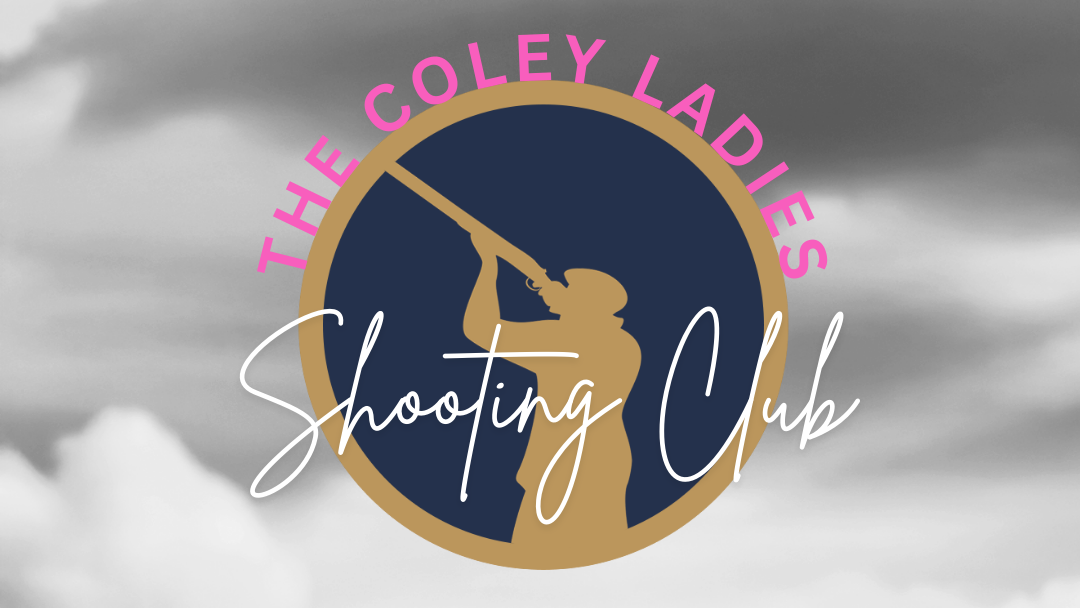
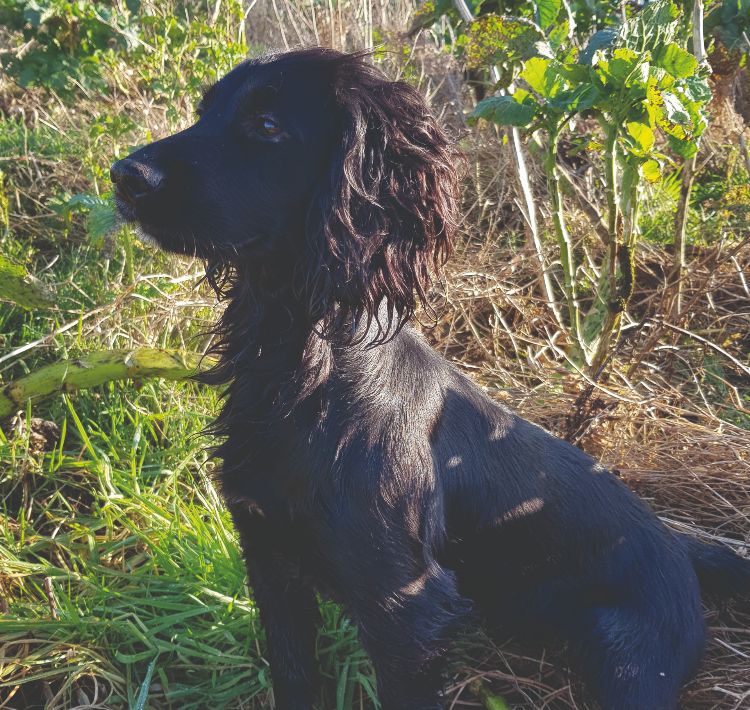 Young dog’s introduction to a shoot day
Young dog’s introduction to a shoot day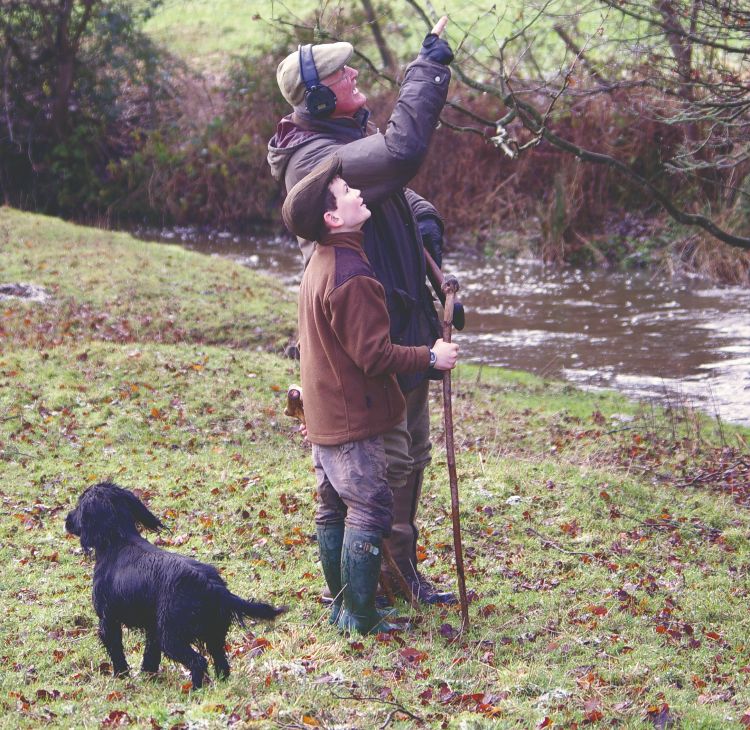 Concentrate on the dog
Concentrate on the dog